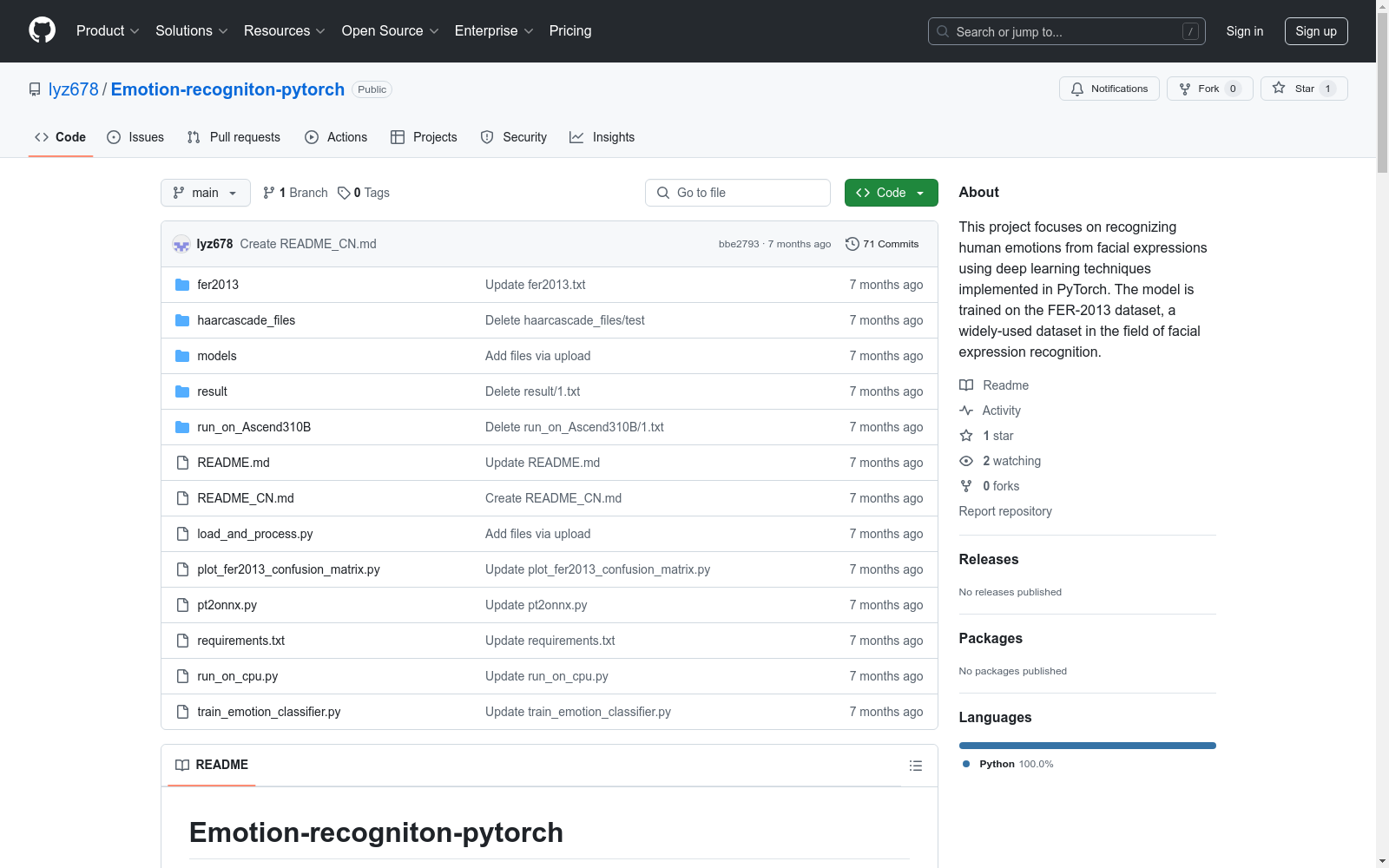有没有相关的论文或文献参考?
这个数据集是基于什么背景创建的?
数据集的作者是谁?
能帮我联系到这个数据集的作者吗?
这个数据集如何下载?

python train_emotion_classifier.py --model MiniXception --bs 128 --lr 0.01 进行模型训练python run_on_cpu.py
中国区域交通网络数据集
该数据集包含中国各区域的交通网络信息,包括道路、铁路、航空和水路等多种交通方式的网络结构和连接关系。数据集详细记录了各交通节点的位置、交通线路的类型、长度、容量以及相关的交通流量信息。
data.stats.gov.cn 收录
Wind Turbine Data
该数据集包含风力涡轮机的运行数据,包括风速、风向、发电量等参数。数据记录了多个风力涡轮机在不同时间点的运行状态,适用于风能研究和风力发电系统的优化分析。
www.kaggle.com 收录
UAVid
UAVId 是一个高分辨率的无人机语义分割数据集作为补充,它带来了新的挑战,包括大规模变化、运动物体识别和时间一致性保持。 UAV 数据集由 30 个视频序列组成,这些视频序列在倾斜视图中捕获 4K 高分辨率图像。总共有 300 张图像被密集标记为 8 个类别,用于语义标记任务。
OpenDataLab 收录
ERIC (Education Resources Information Center)
ERIC (Education Resources Information Center) 是一个广泛的教育文献数据库,包含超过130万条记录,涵盖从1966年至今的教育研究、政策和实践。数据集内容包括教育相关的期刊文章、书籍、研究报告、会议论文、技术报告、政策文件等。
eric.ed.gov 收录
CMU-MOSI
CMU-MOSI数据集包括了从93个YouTube的视频中获取的2199个独白类型的短视频片段。每个片段都是一个独立的多模态示例,其中图像、文本和音频占比是均匀的,情感分数取值为[-3,+3],表示从强负向到强正向情感。
DataCite Commons 收录